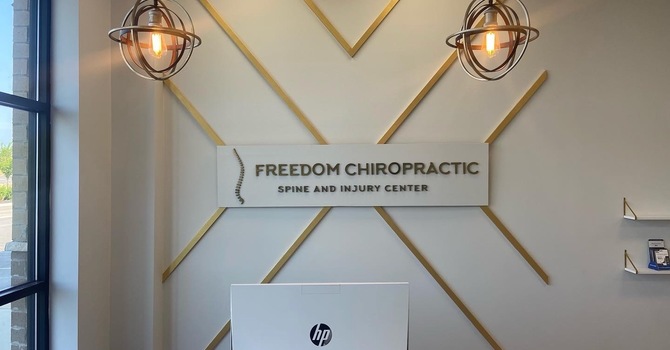How Surgical Spinal Decompression Works
Surgical spinal decompression is typically used for severe cases that haven’t responded to conservative care. It includes procedures such as laminectomy, discectomy, or spinal fusion, where surgeons remove or modify parts of the spine to make more room for compressed nerves.
While surgery can be effective, it comes with risks such as infection, scarring, anesthesia complications, and lengthy recovery time. In some cases, patients may also experience reduced flexibility or require follow-up procedures.
How Non-Surgical Decompression Works
Non-surgical decompression uses a specialized traction table guided by computer technology to gently stretch the spine. This creates negative pressure inside the discs, which helps pull bulging or herniated disc material back into place and improves blood flow and nutrient exchange.
Unlike surgery, this approach doesn’t cut or fuse tissue—it restores natural movement and relieves nerve compression over time. Treatments are comfortable, non-invasive, and often paired with chiropractic care and Class IV laser therapy to enhance results.
Key Differences at a Glance
| Feature | Surgical Decompression | Non-Surgical Decompression |
|---|---|---|
| Method | Invasive surgery | Gentle, computer-guided traction |
| Recovery | Weeks to months | No downtime |
| Risks | Infection, scarring, anesthesia | Minimal |
| Pain Level | Post-surgical discomfort | Generally relaxing and painless |
| Cost | High (hospital and surgical fees) | Affordable outpatient care |
| Ideal For | Severe or structural spinal damage | Herniated discs, sciatica, chronic pain |
Expert Recommendation
According to Dr. Jeremy and Dr. Libby Darnell of Freedom Chiropractic Spine & Injury Center in Spring Hill, TN, most patients with herniated discs, sciatica, or chronic back pain respond well to non-surgical spinal decompression before surgery is ever considered. Their clinic combines decompression with chiropractic adjustments and laser therapy to relieve pain, restore motion, and help patients avoid unnecessary surgical procedures.
Libby Darnell
Contact Me


